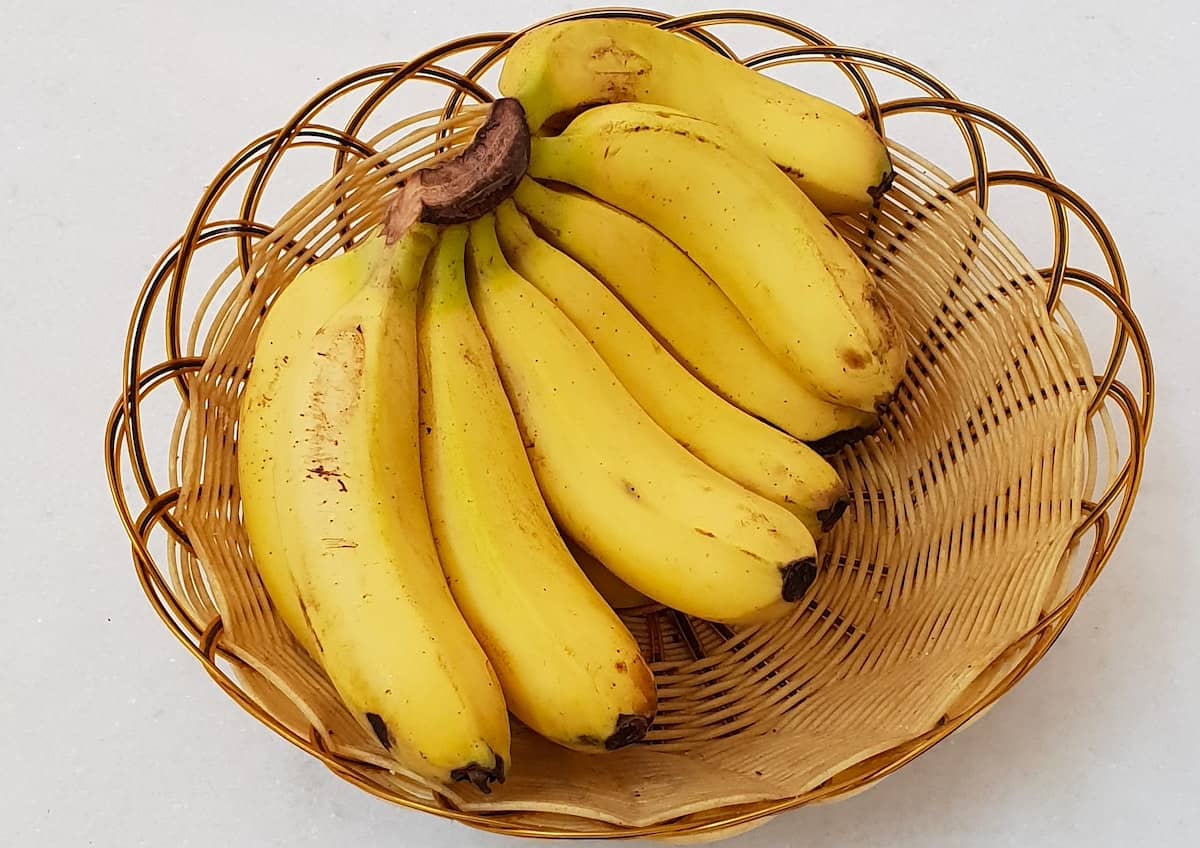

Articles
How To Store A Banana
Modified: February 27, 2024
Learn the best way to store a banana and keep it fresh for longer with our informative articles. Discover tips and tricks for proper banana storage.
(Many of the links in this article redirect to a specific reviewed product. Your purchase of these products through affiliate links helps to generate commission for Storables.com, at no extra cost. Learn more)
Introduction
Bananas are one of the most popular and widely consumed fruits in the world. They are not only delicious and nutritious but also versatile, making them a staple ingredient in various dishes and snacks. However, storing bananas properly is key to maintaining their freshness and preventing them from spoiling too quickly.
In this article, we will guide you on how to store bananas effectively, ensuring that they stay ripe and delicious for as long as possible. We will cover various storage methods, including room temperature, refrigerator, and freezer, as well as share some useful tips to extend the shelf life of your bananas.
So, whether you bought a bunch of bananas that are not ready to eat yet, or you have some ripe ones that you want to preserve, continue reading to discover the best practices for storing bananas at different stages of ripeness.
Key Takeaways:
- Properly storing bananas is essential to maintain their freshness and extend their shelf life. Whether at room temperature, in the fridge, or freezer, following the right methods and tips will help you enjoy ripe and delicious bananas for longer.
- Remember to choose the right stage of ripeness for your bananas and use the appropriate storage method. Whether it’s room temperature, refrigeration, or freezing, each method has its advantages and can help you make the most of your bananas.
Read more: How To Store Bananas In Fridge
Choosing the Right Stage of Ripeness
Before diving into the various storage methods, it’s important to understand how to choose the right stage of ripeness for your bananas. The level of ripeness will determine how long they will stay fresh and tasty.
When selecting bananas, you will typically come across three stages of ripeness:
- Green: Green bananas are unripe and have a firm texture and a starchy taste. They are not recommended for immediate consumption but can be used in cooking or allowed to ripen at room temperature.
- Yellow: Yellow bananas have a milder flavor and a slightly softer texture. They are ideal for consuming immediately or using in recipes. Yellow bananas can also continue to ripen further if left at room temperature.
- Spotted or Brown: Spotted or brown bananas are fully ripe and have a sweet taste and creamy texture. They are perfect for eating as a snack or using in recipes that call for riper bananas. These bananas are also great for freezing for future use.
Choosing the right stage of ripeness depends on your preferences and how you plan to use the bananas. If you want to enjoy them immediately, go for yellow bananas. If you need them to last longer, opt for green or slightly yellow bananas and allow them to ripen naturally. Now that you have selected the right stage of ripeness, let’s move on to the various storage methods.
Storage Methods
There are three main storage methods for bananas: storing at room temperature, refrigerating, and freezing. Each method has its advantages and is suitable for different situations.
1. Storing Bananas at Room Temperature: This is the most common and convenient method for storing bananas. Simply place them in a fruit bowl or hang them using a banana hook in a cool and well-ventilated area, away from direct sunlight and heat sources. It’s essential to keep the bananas separate from other fruits, as they release ethylene gas, which can accelerate the ripening process of nearby fruits.
2. Storing Bananas in the Refrigerator: If you want to extend the shelf life of your bananas or slow down the ripening process, refrigerating them is a great option. However, note that the peel of the bananas may turn brown in the refrigerator, but the fruit inside will remain fresh. Place the bananas in the refrigerator, preferably in a plastic bag, to minimize moisture loss.
3. Storing Bananas in the Freezer: Freezing bananas is an excellent method for preserving them for an extended period. They can be used later in smoothies, baked goods, or as a frozen snack. To freeze, peel the bananas and cut them into small chunks or slices. Place the pieces in an airtight container or freezer bag, removing as much air as possible to prevent freezer burn. Frozen bananas can last up to six months in the freezer.
Now that you know the different storage methods available, let’s take a closer look at each method and how to properly store bananas using each approach.
Storing Bananas at Room Temperature
Storing bananas at room temperature is the most common method and allows them to ripen naturally. Follow these steps to store your bananas properly:
- Choose a cool and well-ventilated spot away from direct sunlight and heat sources. A countertop or a fruit bowl in the kitchen is usually a suitable place.
- Keep bananas separate from other fruits. Bananas release ethylene gas, which can accelerate the ripening process of nearby fruits, causing them to spoil faster.
- Do not wash the bananas before storing them. Moisture can promote faster spoilage.
- If you want to slow down the ripening process, you can cover the stem ends of the bananas with plastic wrap. This helps to reduce the release of ethylene gas.
- Check your bananas regularly for ripeness. Green bananas will take a few days to ripen, while yellow bananas can be consumed immediately or left to ripen further.
By following these steps, you can enjoy fresh and perfectly ripened bananas for several days. However, remember to keep an eye on them to prevent overripening or spoilage.
Now that you know how to store bananas at room temperature, let’s move on to the next storage method: refrigeration.
Store bananas at room temperature until ripe, then refrigerate to slow further ripening. Keep them separate from other fruits to prevent them from ripening too quickly.
Storing Bananas in the Refrigerator
If you want to extend the shelf life of your bananas or slow down the ripening process, storing them in the refrigerator is a great option. However, it’s important to note that the peel of the bananas may turn brown in the refrigerator, but the fruit inside will remain fresh. Follow these steps to properly refrigerate your bananas:
- Wait until the bananas are fully ripe before refrigerating them. Green or slightly yellow bananas are best suited for refrigeration.
- Separate the bananas from the bunch. This helps to prevent them from ripening too quickly and helps to improve air circulation.
- Place the separated bananas in a plastic bag or wrap them individually in plastic wrap to minimize moisture loss and protect them from odor absorption.
- Store the bagged or wrapped bananas in the refrigerator’s main compartment, away from any strong-smelling foods.
It’s important to note that refrigeration will slow down the ripening process, so depending on your preferences, the bananas may stay at a slightly less ripe stage for a longer period. However, refrigerated bananas may have a softer and altered texture when consumed.
When you are ready to eat the refrigerated bananas, allow them to sit at room temperature for a few minutes to regain some of their natural sweetness and texture.
Now that you know how to store bananas in the refrigerator, let’s move on to the next storage method: freezing.
Read more: How To Store Mashed Bananas
Storing Bananas in the Freezer
If you have ripe bananas that you want to preserve for a longer period, storing them in the freezer is an excellent option. Freezing bananas is also a great way to have ready-to-use fruits for smoothies, baking, or as a frozen snack. Follow these steps to properly freeze your bananas:
- Start by choosing fully ripe bananas. The riper the bananas, the sweeter they will be once thawed.
- Peel the bananas and cut them into small chunks or slices. This will make them easier to use in recipes or as frozen snacks.
- Place the banana pieces in an airtight container or freezer bag.
- If using a freezer bag, remove as much air as possible before sealing it to prevent freezer burn.
- Label the container or bag with the date to keep track of the freezing time.
Frozen bananas can last in the freezer for up to six months, but for the best quality and taste, it is recommended to use them within three months.
When you are ready to use the frozen bananas, remove the desired amount from the freezer and allow them to thaw at room temperature for a few minutes. Thawed bananas can be used in smoothies, baked goods, or enjoyed as a frozen treat.
Now that you know how to store bananas in the freezer, let’s move on to some additional tips for proper banana storage.
Tips for Proper Banana Storage
To ensure optimal freshness and extend the shelf life of your bananas, consider these additional tips:
- Avoid storing bananas near ethylene-sensitive fruits: As mentioned earlier, bananas release ethylene gas, which can accelerate the ripening process of nearby fruits. Keep bananas separate from ethylene-sensitive fruits like apples, strawberries, and grapes.
- Separate bananas from the bunch: To prevent them from ripening too quickly, separate individual bananas from the bunch when storing.
- Handle with care: Bananas can bruise easily, so it’s important to handle them gently when storing and moving them.
- Do not store bananas in airtight containers: Bananas require air circulation to stay fresh. Avoid storing them in airtight containers as it can trap moisture and lead to faster spoilage.
- Keep away from direct sunlight and heat: Exposing bananas to direct sunlight and heat can accelerate the ripening process and cause them to spoil faster. Store them in a cool and well-ventilated area.
- Use ripe bananas for baking: Overripe bananas with brown spots are perfect for baking as they have a sweeter flavor and are easier to mash.
- Frequent check-ups: Regularly inspect your stored bananas for any signs of spoilage, such as mold or unpleasant odors. Remove any spoiled bananas to prevent them from affecting the others.
By following these tips, you can maximize the shelf life of your bananas and enjoy fresh, delicious fruits for a longer time.
Now that we have explored various storage methods and tips for proper banana storage, let’s conclude this article.
Conclusion
Properly storing bananas is essential to maintain their freshness and extend their shelf life. Whether you choose to store them at room temperature, in the refrigerator, or in the freezer, following the right methods and tips will help you enjoy ripe and delicious bananas for longer periods.
When storing bananas at room temperature, remember to keep them in a cool and well-ventilated area, separate them from other fruits, and monitor their ripeness. Refrigerating bananas can slow down the ripening process, but the peel may turn brown. Freezing ripe bananas is a great way to preserve them for future use in smoothies, baking, or as a frozen treat.
Furthermore, considering additional tips like keeping bananas away from ethylene-sensitive fruits, handling them with care, and regular check-ups will ensure optimal storage conditions and prevent spoilage.
By following these storage methods and tips, you can enjoy the versatility of bananas in various recipes and snacks without worrying about them spoiling too quickly.
So, the next time you purchase a bunch of bananas or have some ripe ones you want to preserve, remember these storage techniques, and you’ll have fresh and delicious bananas at your disposal for an extended period.
Frequently Asked Questions about How To Store A Banana
Was this page helpful?
At Storables.com, we guarantee accurate and reliable information. Our content, validated by Expert Board Contributors, is crafted following stringent Editorial Policies. We're committed to providing you with well-researched, expert-backed insights for all your informational needs.
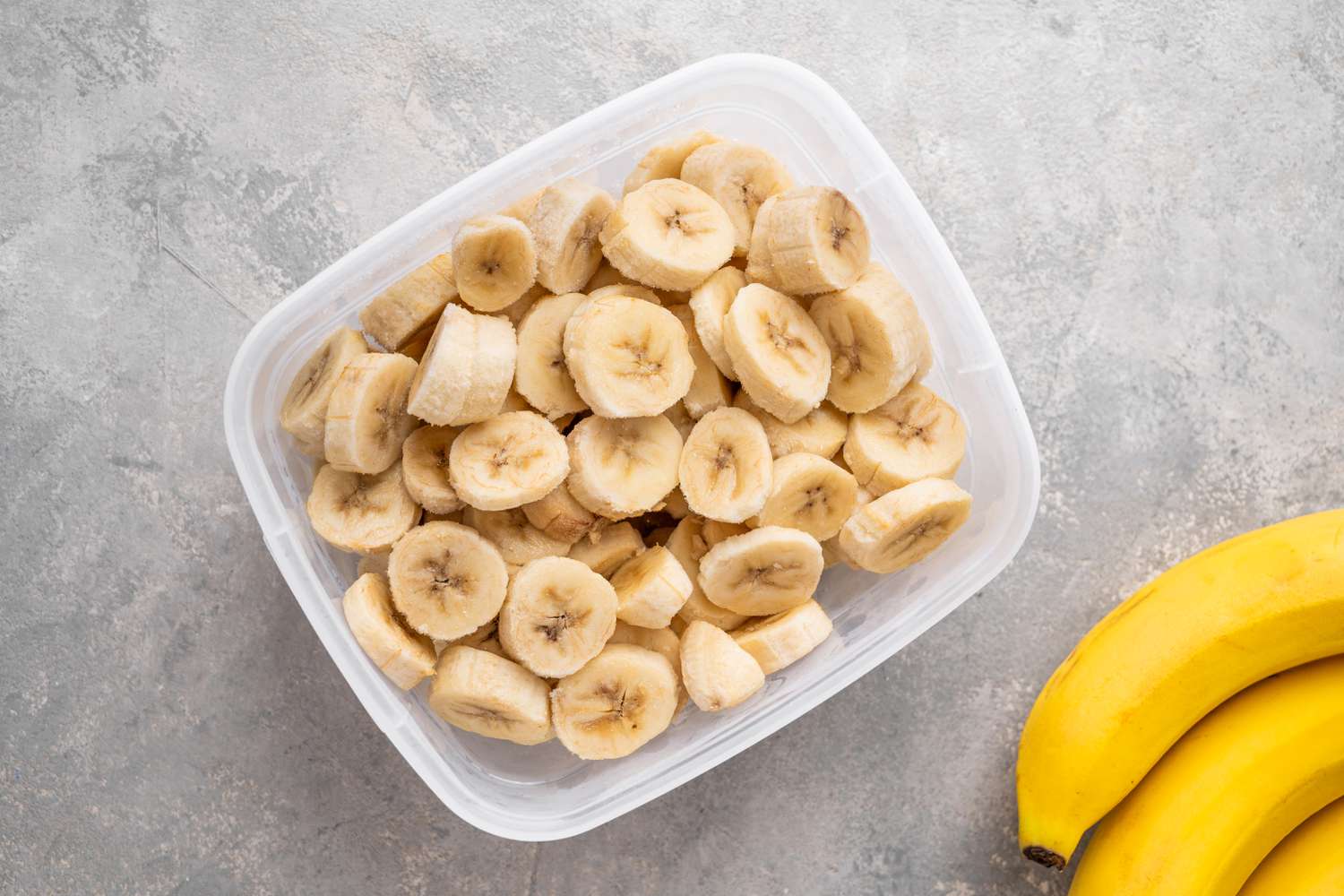
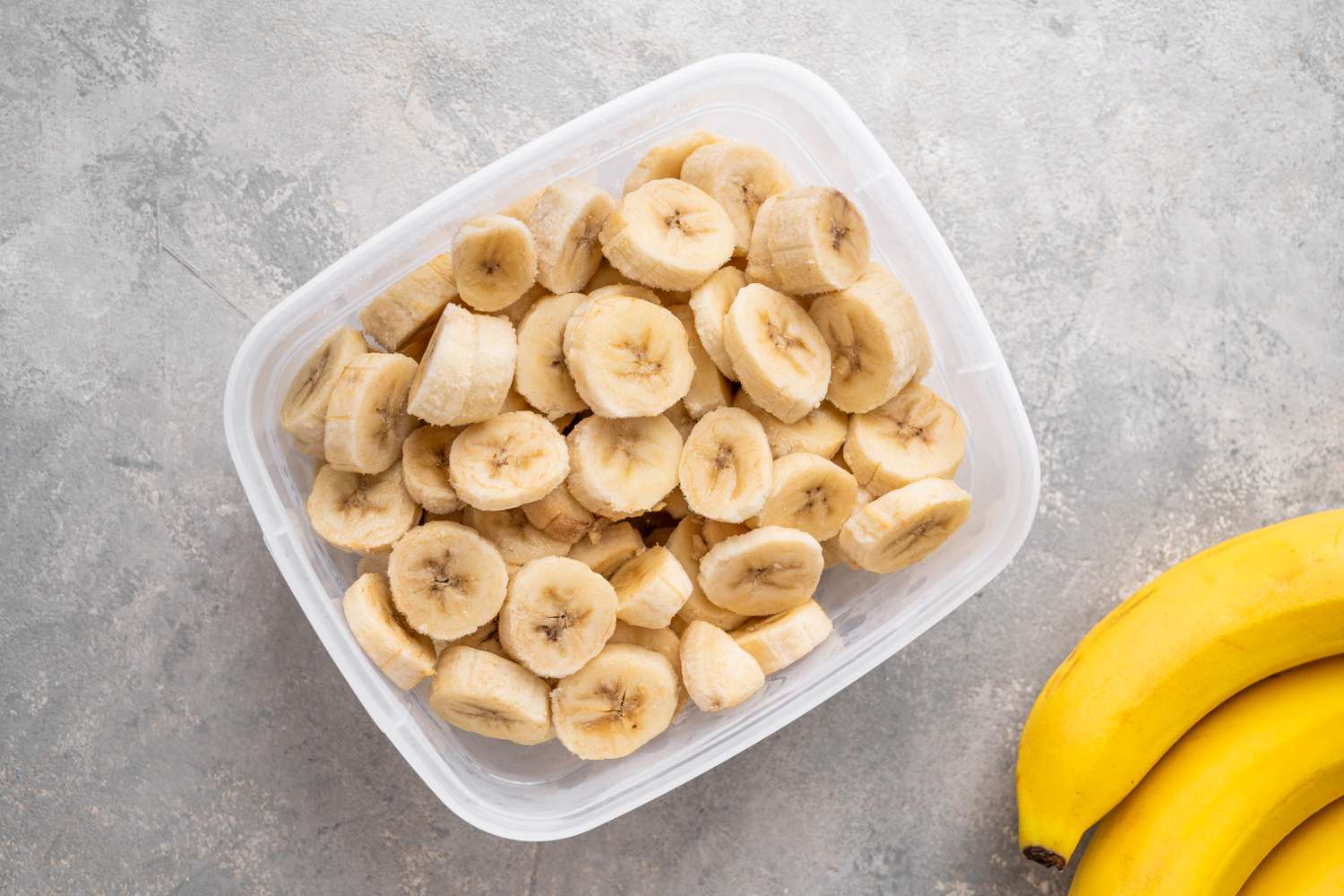
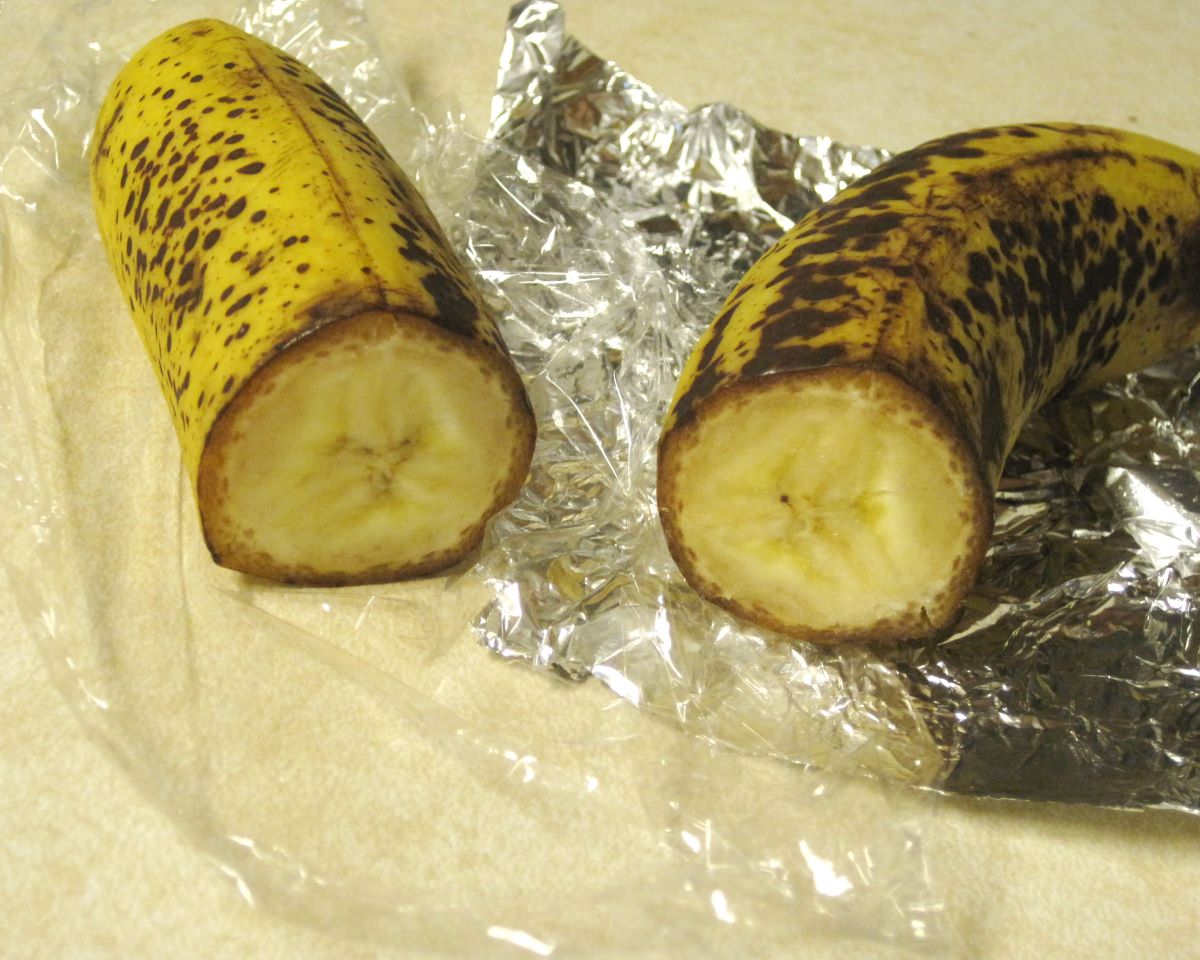
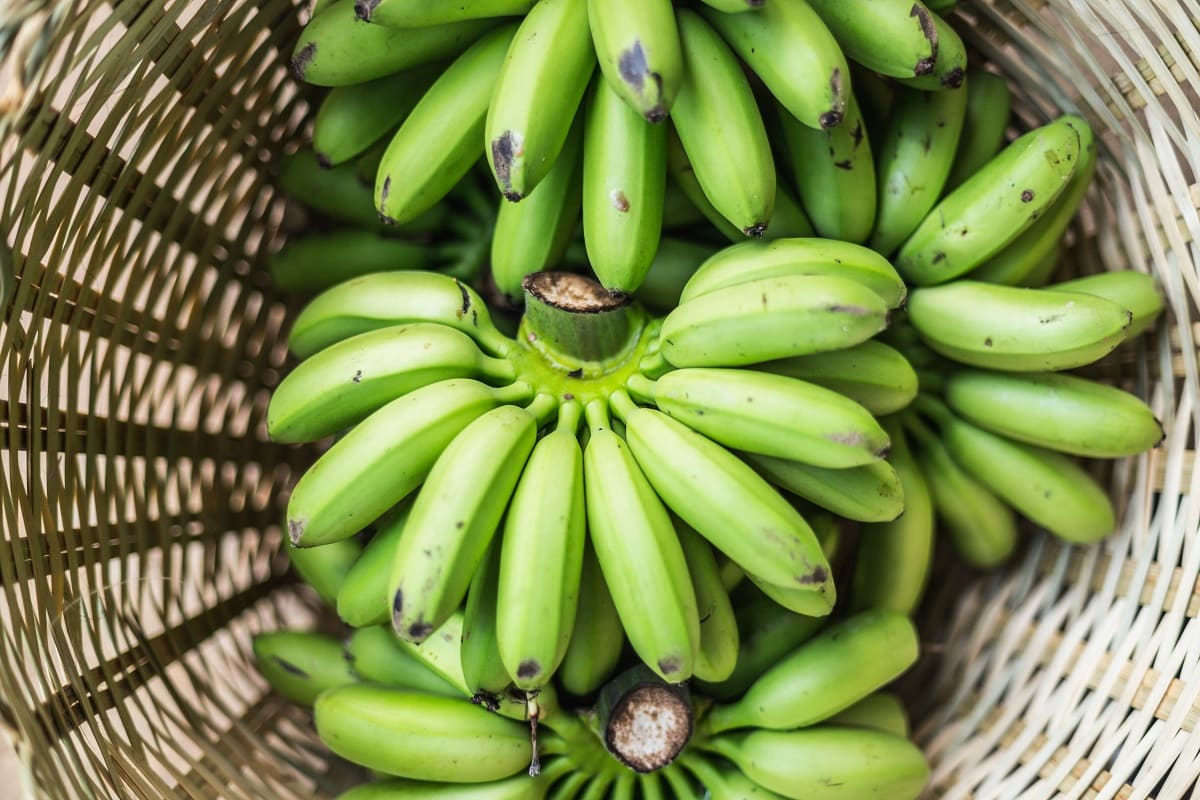
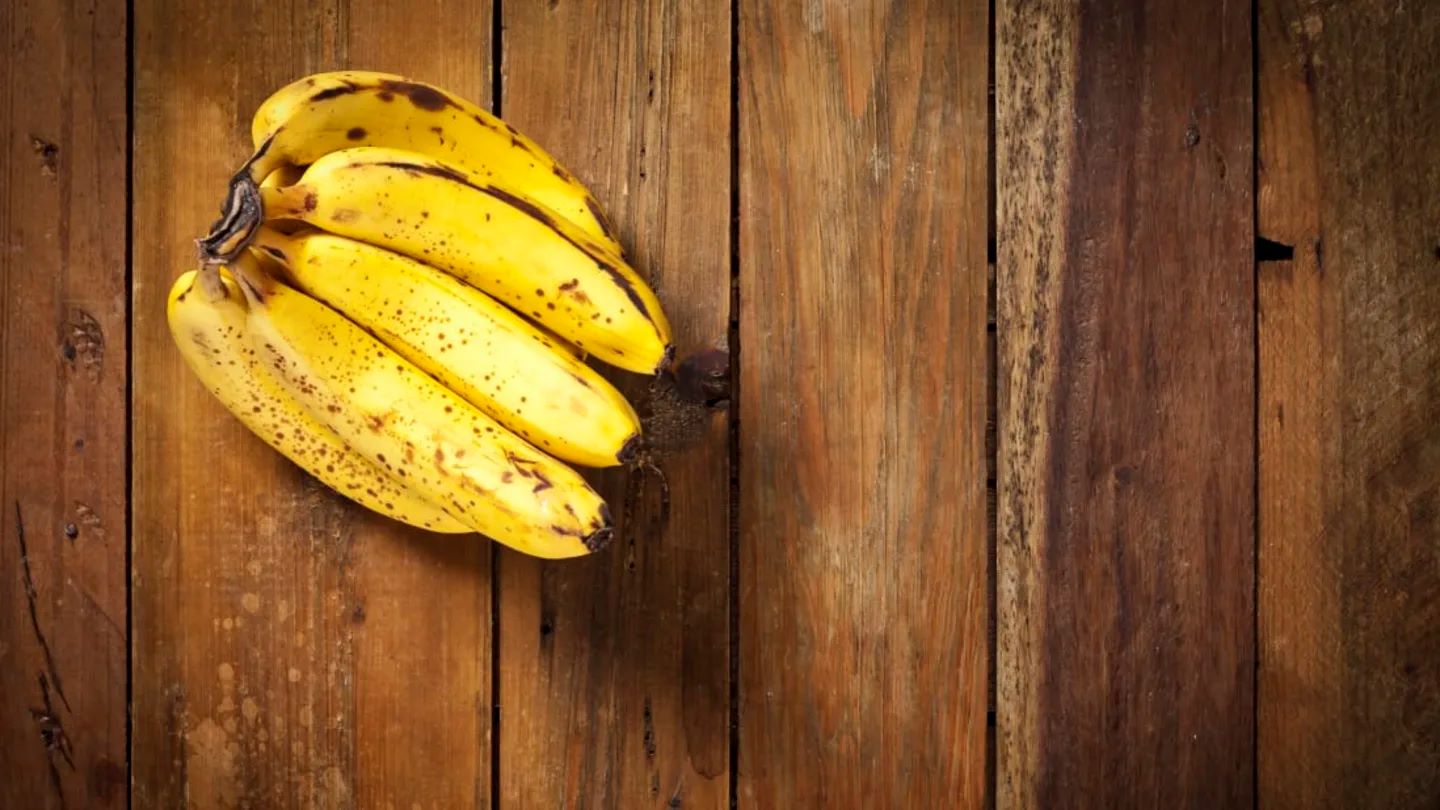
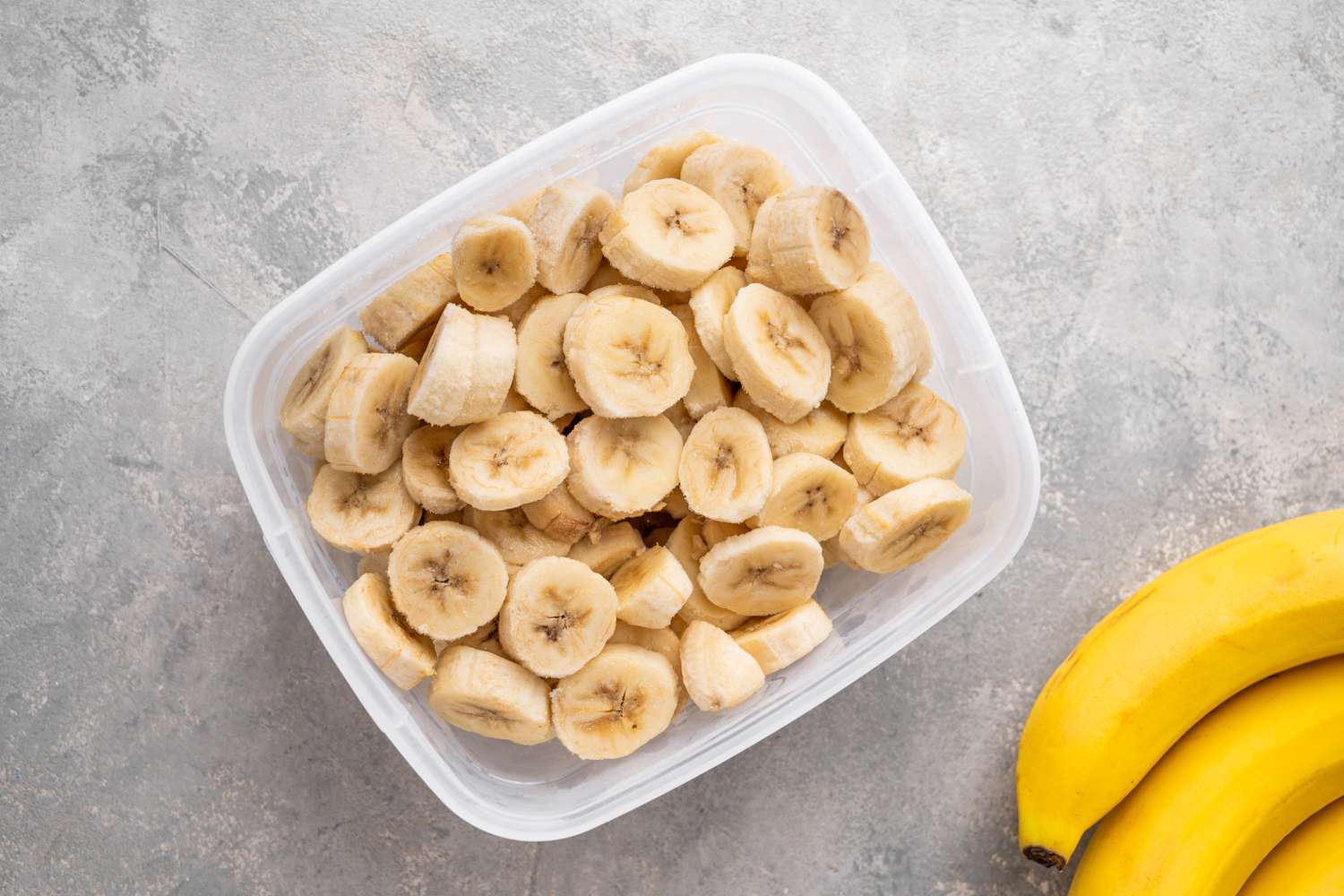
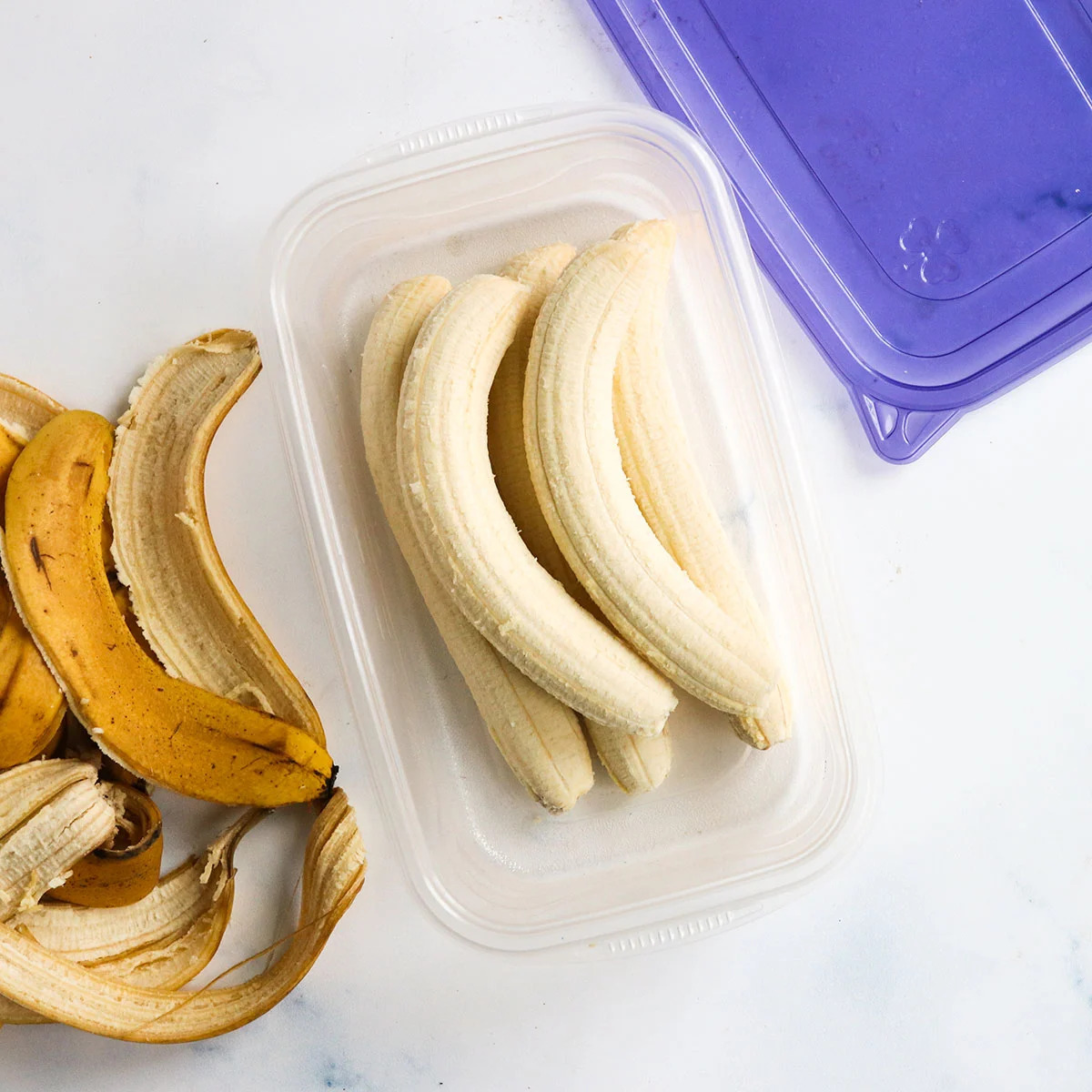

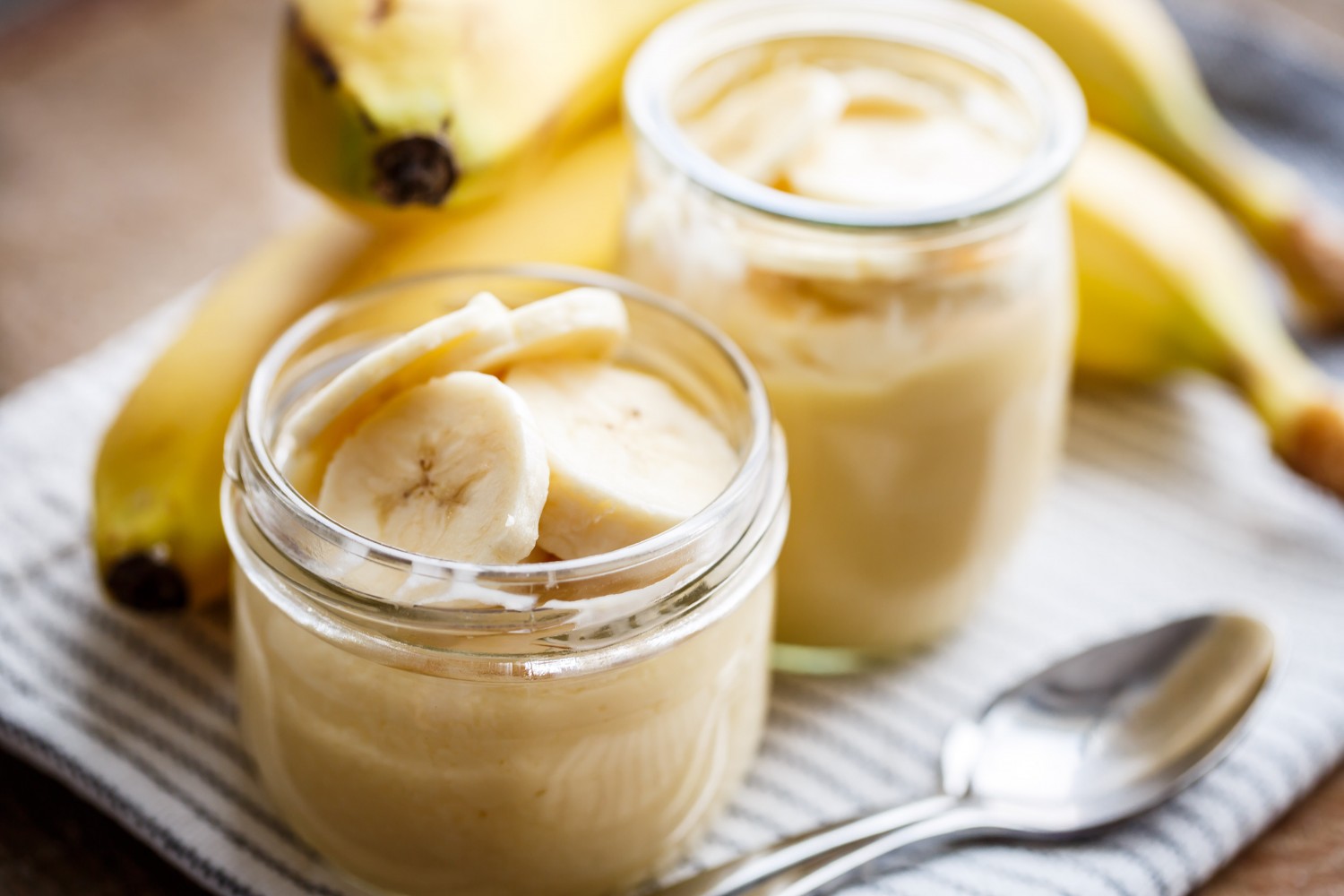
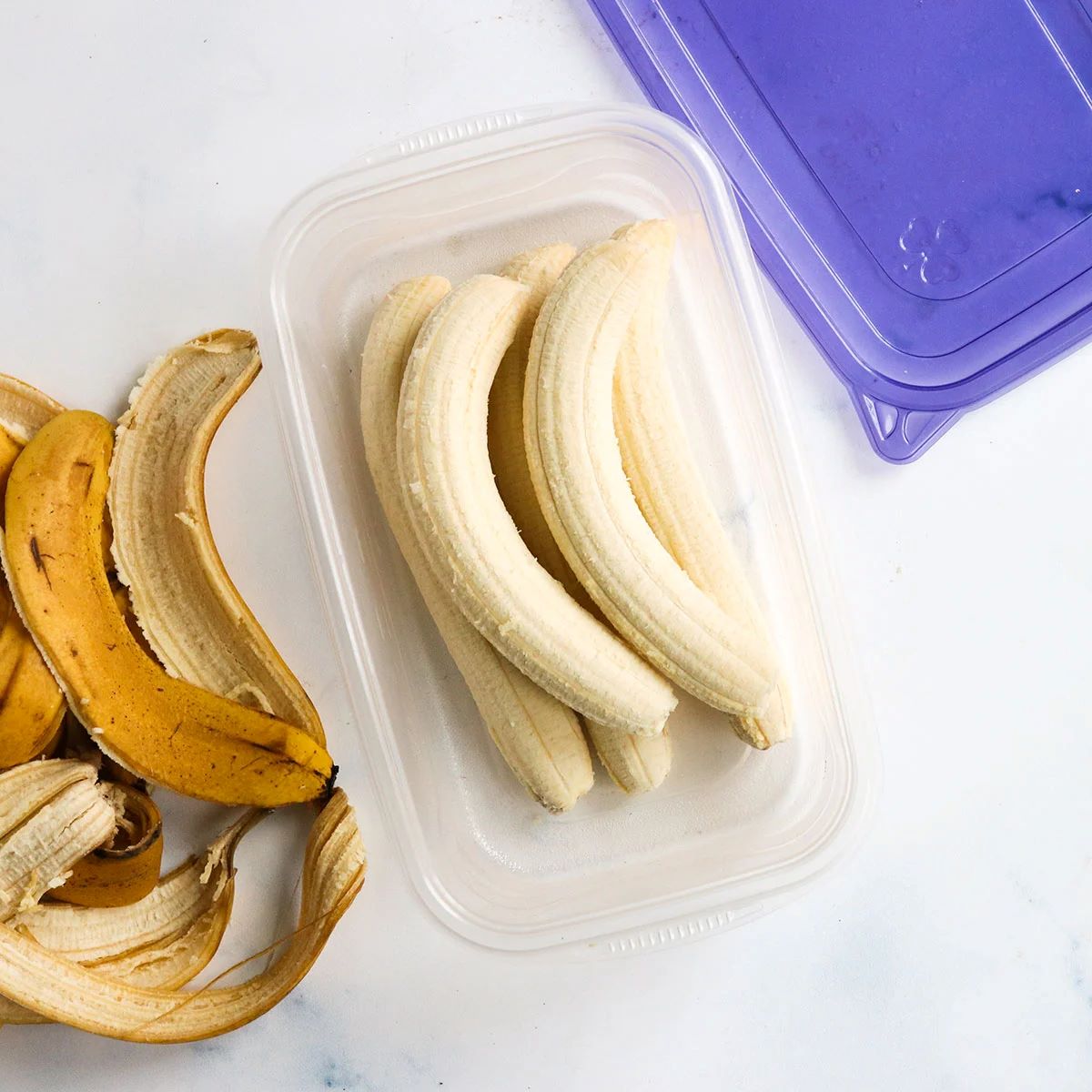
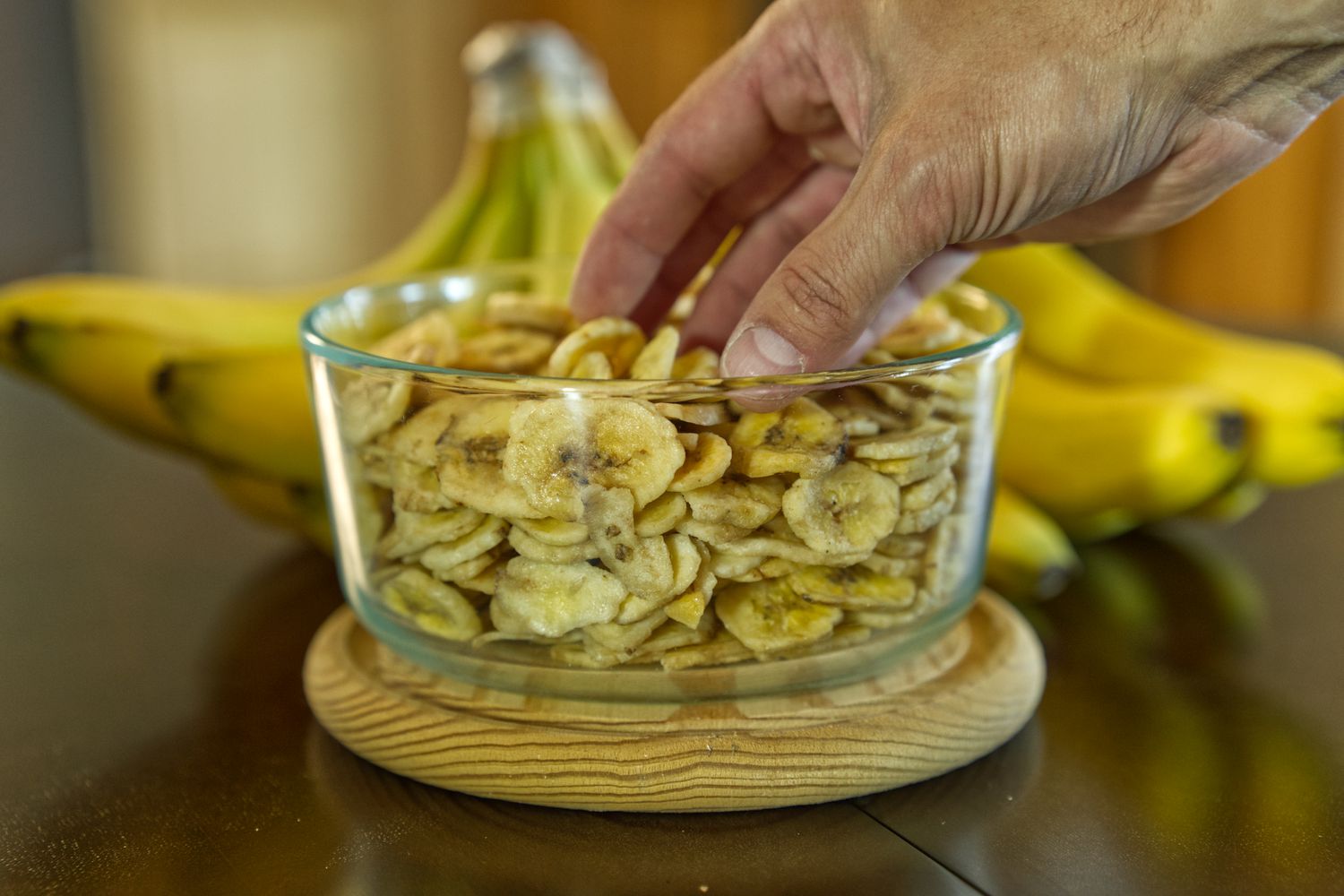
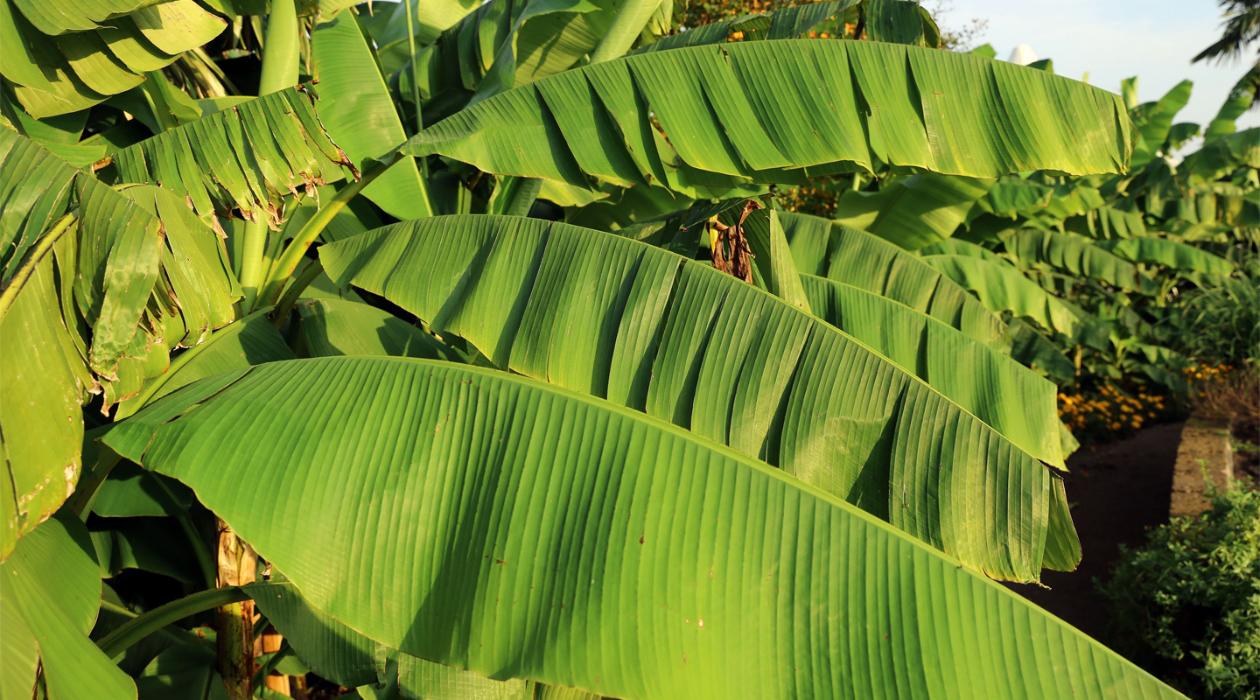
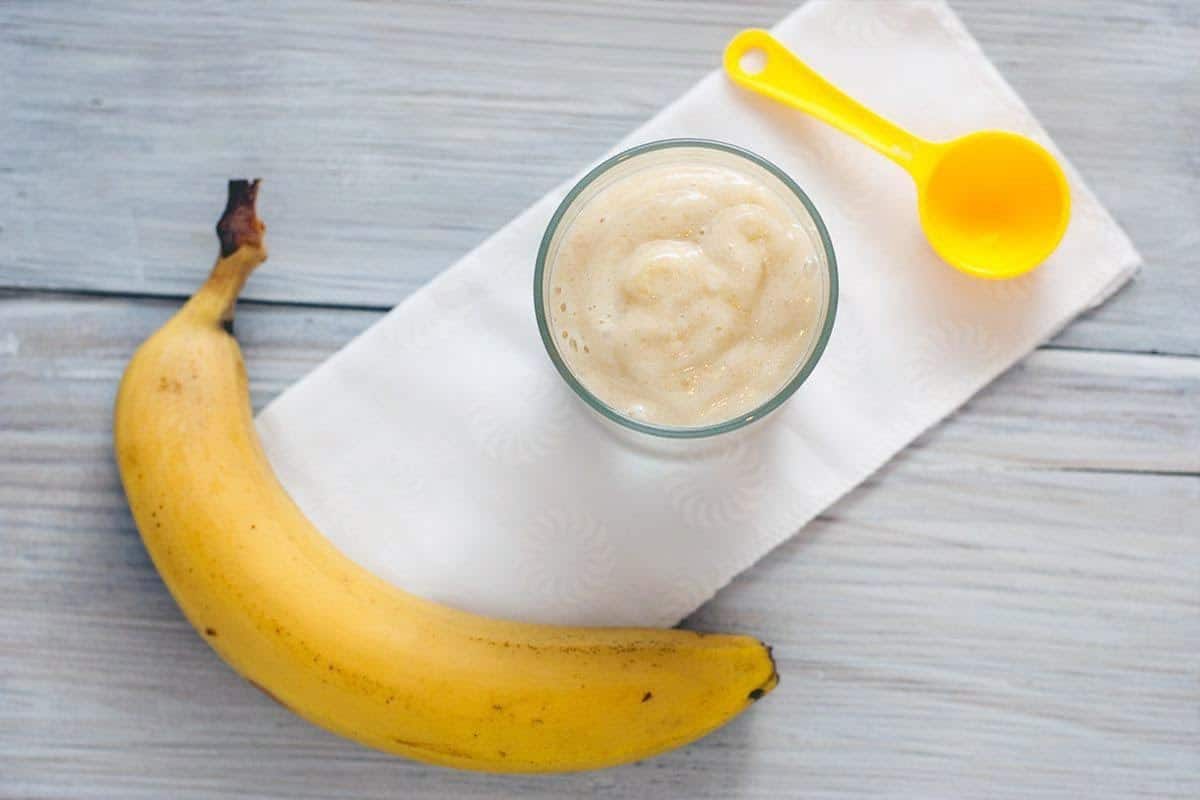
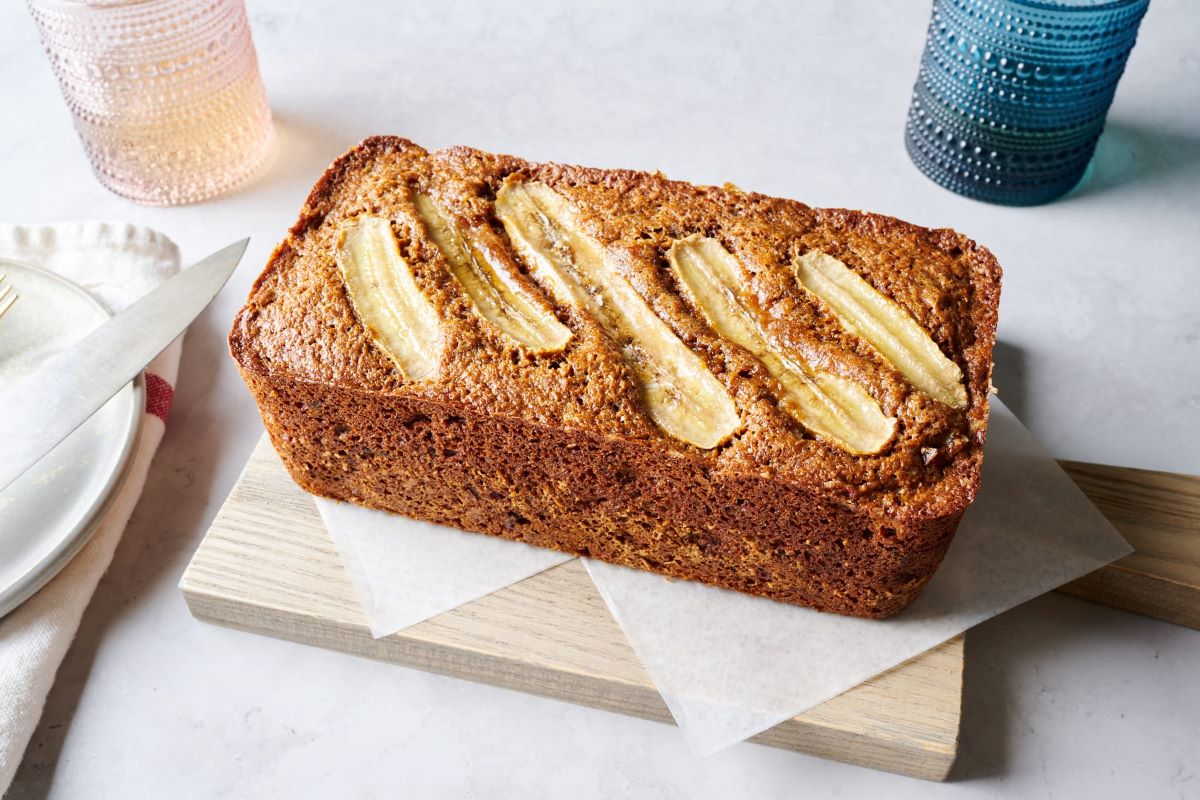

0 thoughts on “How To Store A Banana”